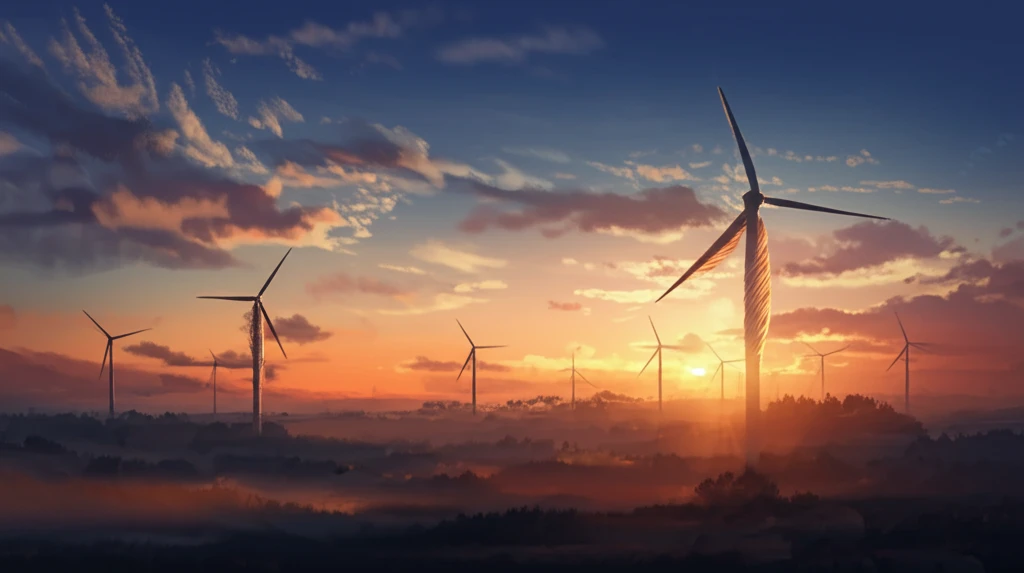
Unlock Your Turbine's Potential: Adaptive Flaps for Peak Performance
"Harness the power of biomimicry and cutting-edge tech to revolutionize wind turbine efficiency and stability."
The quest for efficient and reliable renewable energy sources has led to groundbreaking innovations in wind turbine technology. A major hurdle in maximizing wind turbine performance is flow separation, which causes turbines to stall, reducing efficiency and threatening structural integrity. But what if we could borrow a trick from nature to overcome this challenge?
Inspired by the ingenious design of bird feathers, researchers are now integrating adaptive flaps into wind turbine blades. These flaps, much like a bird's plumage adjusting mid-flight, dynamically respond to airflow, preventing flow separation and ensuring optimal turbine performance. This innovative approach combines biomimicry with advanced engineering, offering a promising path towards more sustainable and efficient wind energy.
This article will explore the inner workings of adaptive flaps, their impact on wind turbine efficiency, and the exciting future they hold for the renewable energy landscape.
The Science Behind Adaptive Flaps: Nature's Blueprint for Wind Turbine Optimization

Adaptive flaps work by strategically manipulating airflow over the turbine blade's surface. Much like how a bird's feathers rise to maintain lift and control, these flaps lift to prevent backflow and maintain aerodynamic efficiency when flow separation begins. Key aspects include:
- Flow Control: Delaying or preventing flow separation, which causes stall.
- Optimized Lift: Increasing lift coefficients to maximize energy capture.
- Dynamic Response: Adjusting in real-time to changing wind conditions.
- Passive Operation: Often requiring no external energy source.
The Future is Adaptive: Embracing Innovation for a Sustainable Tomorrow
Adaptive flaps are heralding a new era in wind turbine technology, combining the elegance of natural design with the precision of modern engineering. As we continue to refine and implement these solutions, the potential for enhanced energy output and grid stability becomes increasingly tangible. Adaptive flaps represent a critical step forward in making wind energy a more reliable and efficient component of the global renewable energy mix.
